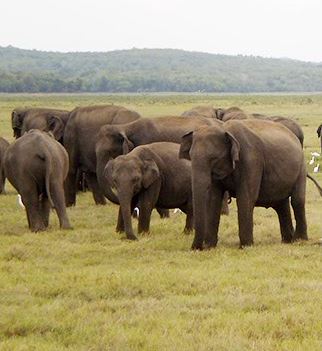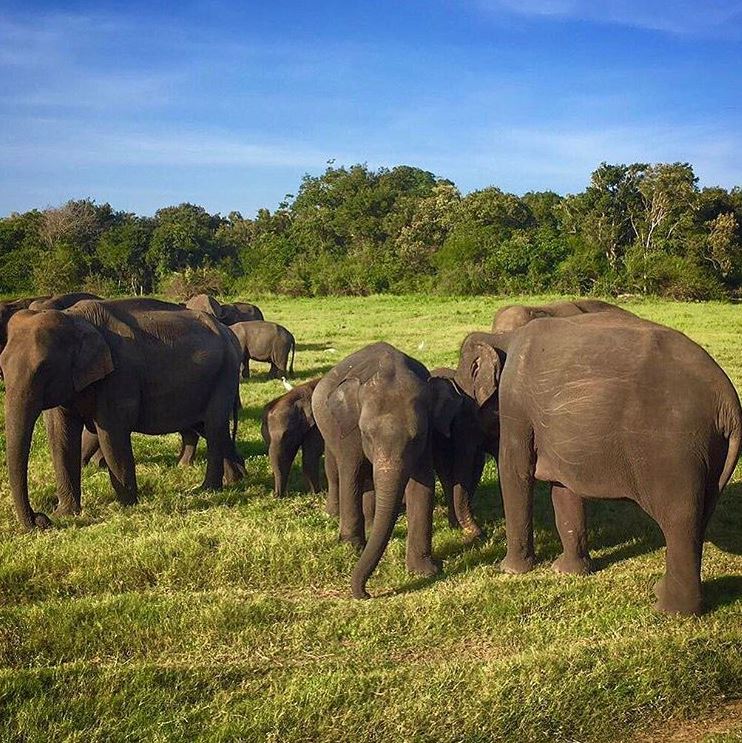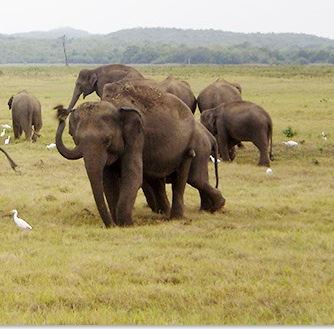


History of Kaudulla National Park, located in Sri Lanka’s North Central Province, is a protected wildlife reserve rich in both natural beauty and historical significance. Officially declared a national park in April 2002, Kaudulla is one of the newer additions to Sri Lanka’s network of wildlife sanctuaries. However, its roots stretch back over 2,000 years to the time of Sri Lanka’s ancient kings.
Read More About – Kaudulla Safari
History of Kaudulla National Park
The heart of the park is the Kaudulla Tank (reservoir), originally built by King Mahasen in the 3rd century AD. This vast man-made reservoir played a crucial role in the sophisticated irrigation system of the ancient Anuradhapura Kingdom, supporting agriculture and sustaining nearby settlements. Over the centuries, the tank fell into disuse and the area became overgrown, eventually transforming into a lush wilderness that attracted wildlife.
Tank and Elephnats
In the late 20th century, efforts began to restore the Kaudulla Tank and protect the surrounding ecosystem. With its location on the ancient elephant migration corridor connecting Wasgamuwa, Minneriya, and Somawathiya National Parks, Kaudulla quickly gained recognition as a critical habitat for Sri Lanka’s wild elephants.
Elephant Gathering
Today, Kaudulla is best known for hosting seasonal elephant gatherings from August to December, when water levels drop in nearby parks and elephants migrate to feed and bathe at the Kaudulla reservoir. This natural spectacle draws wildlife enthusiasts from around the world and has made the park a top safari destination in Sri Lanka.
biodiversity
Kaudulla National Park beautifully blends ancient hydraulic engineering, biodiversity, and conservation efforts, offering visitors a unique glimpse into Sri Lanka’s natural and historical heritage. Its resurgence as a national park is a testament to the country’s commitment to preserving its wildlife and ancient landscapes.
